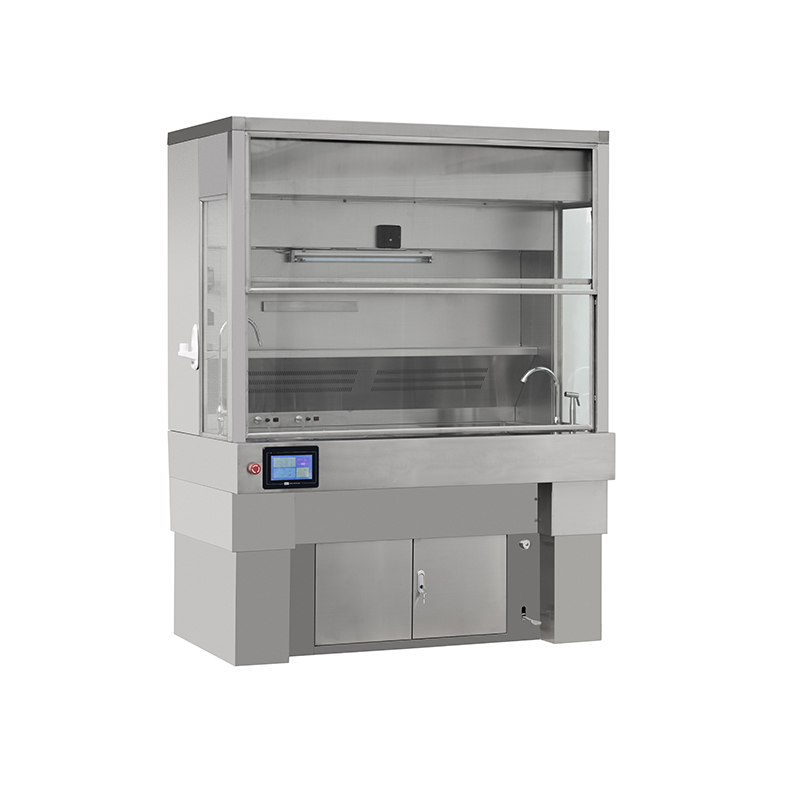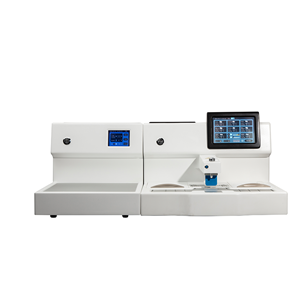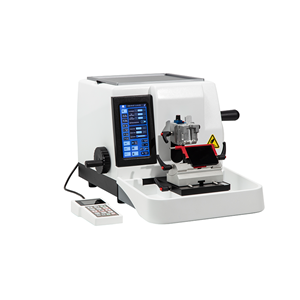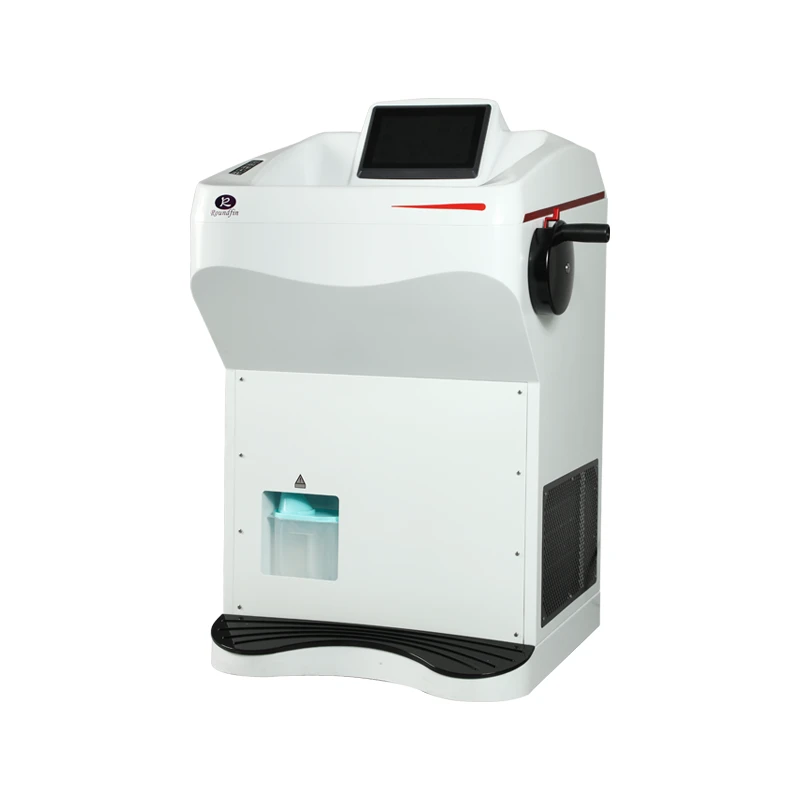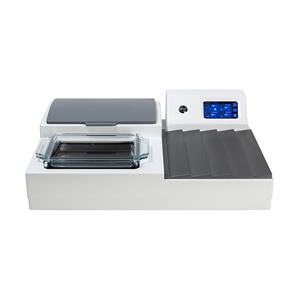The Pathology Grossing Station
The Pathology Grossing Station
The pathology grossing station is a vital area in the pathology laboratory. This is where pathologists and pathology assistants carefully examine and dissect surgical specimens that have been removed from patients. The purpose is to provide an accurate diagnosis and guide treatment decisions.
At the grossing station, the pathologist or assistant will receive a surgical specimen in a container with a requisition that provides information about the patient and the type of tissue. Common types of specimens include breast biopsies, gallbladders, appendices, uterus, colon, and prostate. The tissue is often received in a fixative like formalin which preserves it for examination.
The first step is to orient the specimen and describe it in detail while also measuring, weighing and photographing it. Next, the tissue is carefully dissected and sampled. The pathologist uses instruments like scalpels, forceps, and scissors to cut and divide the specimen to select sections that appear abnormal as well as normal tissue for microscopic analysis. Samples of the tissue are then placed into cassettes.
The dissected specimen is also carefully examined for any gross abnormalities or visual pathologies. The findings, sample collection and descriptions are all documented. Staging of cancers is also determined at this point if relevant. Finally, the cassettes are processed and embedded into wax blocks which can be thinly sliced and mounted on glass slides for microscopic analysis after staining.
Careful grossing and examination is critical for accurate pathological diagnoses. The pathology grossing station provides a standardized workspace to systematically handle, dissect and sample surgical specimens. The tissues collected provide the basis for microscopic analysis by the pathologist to determine diagnoses and guide patient care.

